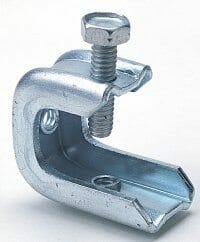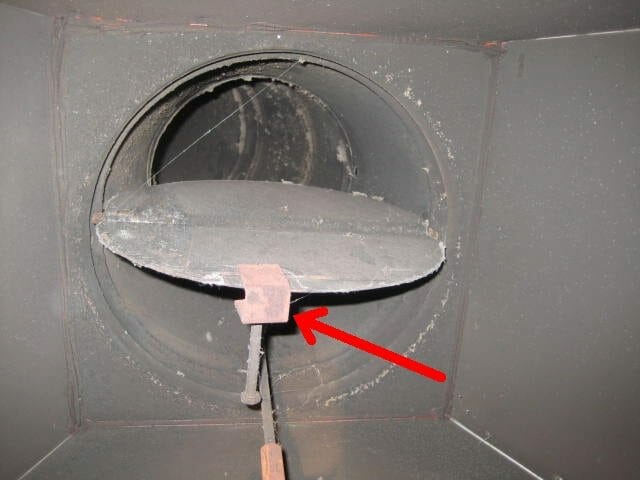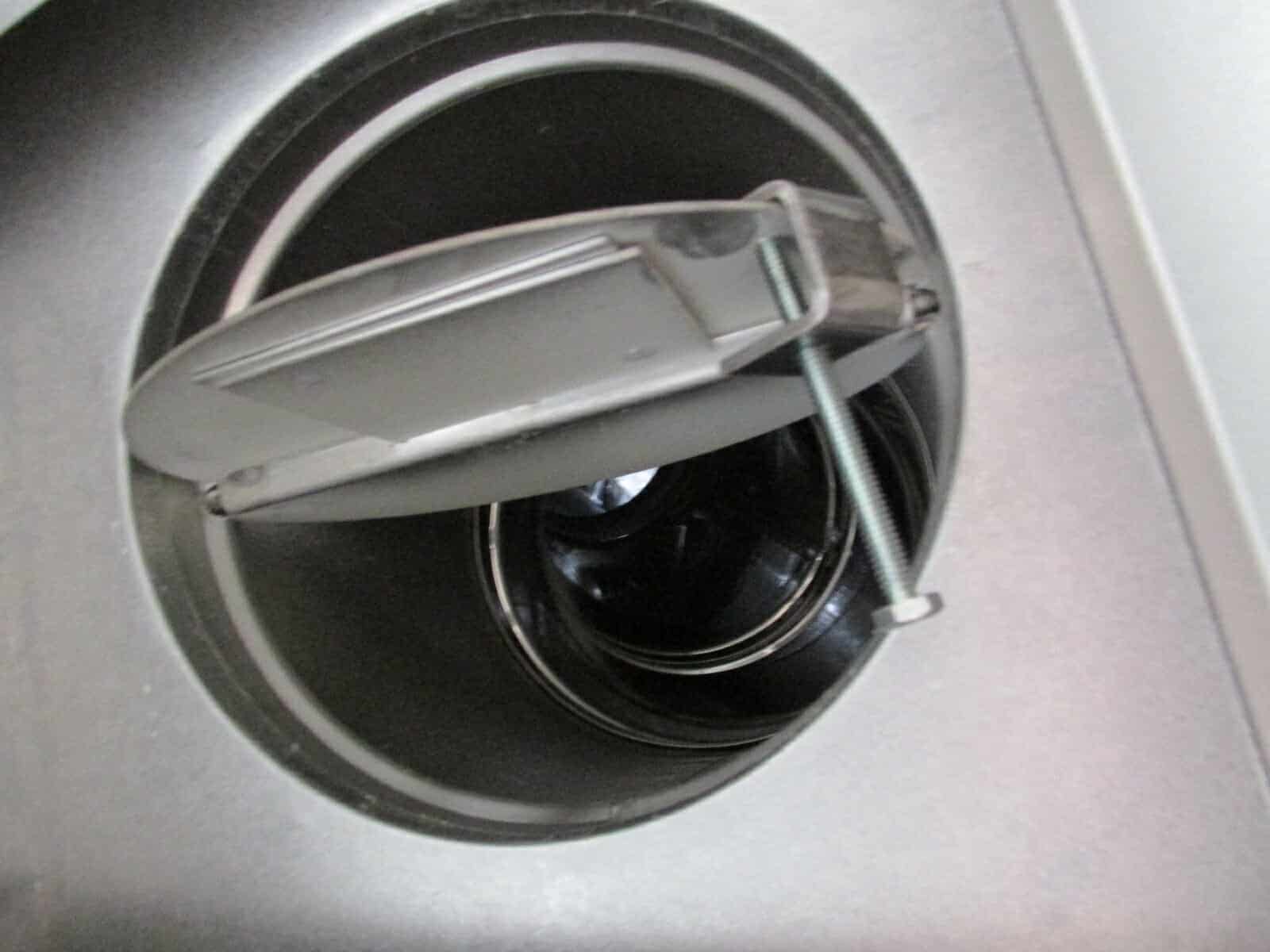Fireplace Damper Clamps


CJ
Lead Editor
CJ is the Lead Editor at BuyersAsk, ensuring all content meets our high standards for accuracy and clarity. With a background in real estate and renovation, CJ helps homeowners navigate complex buying decisions.
View Full Profile →
Damper clamps are very inexpensive and are easily installed. Most hardware stores, home improvement centers, and fireplace shops carry damper clamps.
What is a Damper Clamp?
A damper clamp, also commonly referred to as a fireplace clamp or flue clamp, is a small metal device designed to keep the damper of a fireplace slightly open. The primary purpose of a damper clamp is to ensure that combustion gases, particularly carbon monoxide, from gas logs or other alternative fireplace fuels can escape up the chimney rather than building up inside the living space.
Here’s why a damper clamp is important:
-
Safety Concern: When using gas logs or a gas starter in a fireplace, there’s always a risk that gas could leak even when the appliance is off. If the damper is accidentally left closed or inadvertently gets closed, this gas has nowhere to go and can accumulate in the room, presenting a significant health hazard, especially given that carbon monoxide is odorless and colorless.
-
Building Code Requirements: In many municipalities, if you convert a wood-burning fireplace to gas logs, the local building codes may require you to install a damper clamp to ensure the damper remains partly open at all times.
However, it’s essential to note that with the damper always slightly open, some energy efficiency can be lost, as the home’s conditioned air can escape through the chimney. But the safety benefits, particularly when using gas-fueled devices in the fireplace, generally outweigh the slight increase in energy costs.
Damper Clamps are for Safety
Fireplaces that have gas log sets or gas log lighters are normally required to have a damper clamp installed. The reason for this is that if the damper is closed and there is a gas leak, then the gas may not be able to travel up the flue. Instead, the gas will start spreading into the room where the fireplaces is. Once this gas comes in contact with an ignition source, then a fire or explosion may occur.
Also, under some circumstances, having a properly installed damper clamp will prevent carbon monoxide from a pilot light or other sources, from exiting into the room where the fireplace is located; carbon monoxide is a poisonous and odorless gas.
Remember that some fireplaces can be lit by simply flipping a switch on a wall. Should a child flip the switch and the damper was not properly open, then the room might start to fill up with smoke and carbon monoxide.
Fireplace manufactures recommendation for installation
Checking a fireplace manufactures recommendations on their installation requirements is wise; also consulting a fireplace contractor or professional chimney sweep can provide information for site-built fireplaces. Often it is recommended to install the damper clamp so that the damper is in a fully open position. Homeowners are often concerned that a fully opened damper will allow excessive cold air to enter the fireplace when the fireplace is not in use. Therefore, many homeowners and some professionals will install the clamp so that there is only a small gap, rather than a fully open damper.
Keep The Damper Fully Open When Burning a Fire
Remember that when using the fireplace, it is important to have the damper in a fully open position. If the clamp is not in the open position then the fireplace will not draft properly and you may get smoke rolling out of the front of the fireplace and staining the wall and ceiling areas with smoke stains.
If there is smoke on the face or front of the fireplace, check these 3 things
Naturally, check to see if the damper is closed and that it is operating properly. If it is ok then there are several other things that you should check next. Check for obstructions in the chimney, burping, and negative air pressure. Read more on checking these



Rectangular and circle shape dampers
Note that there are basically two types of damper shapes. One type is round or square shaped and found in manufactures’ fireplaces. The other is a rectangular metal blade, found in site built brick, stone, or masonry fireplaces. The clamps work easily on both types.
Where is the Damper?
The damper can be found at the top inside area of the fireplace box. To find the damper, just get down on your knees and look up inside the front of the firebox. Don’t forget to wear safety glasses and make sure there is no fire burning ☺.
Who Can Add a Damper Clamp?
Homeowners will often add a damper themselves. Fireplace companies, as well as some chimney sweeps and handymen, will also do this type of work. However, it is generally the homeowner or buyer who does the work. Normally it can be done in less than five minutes.